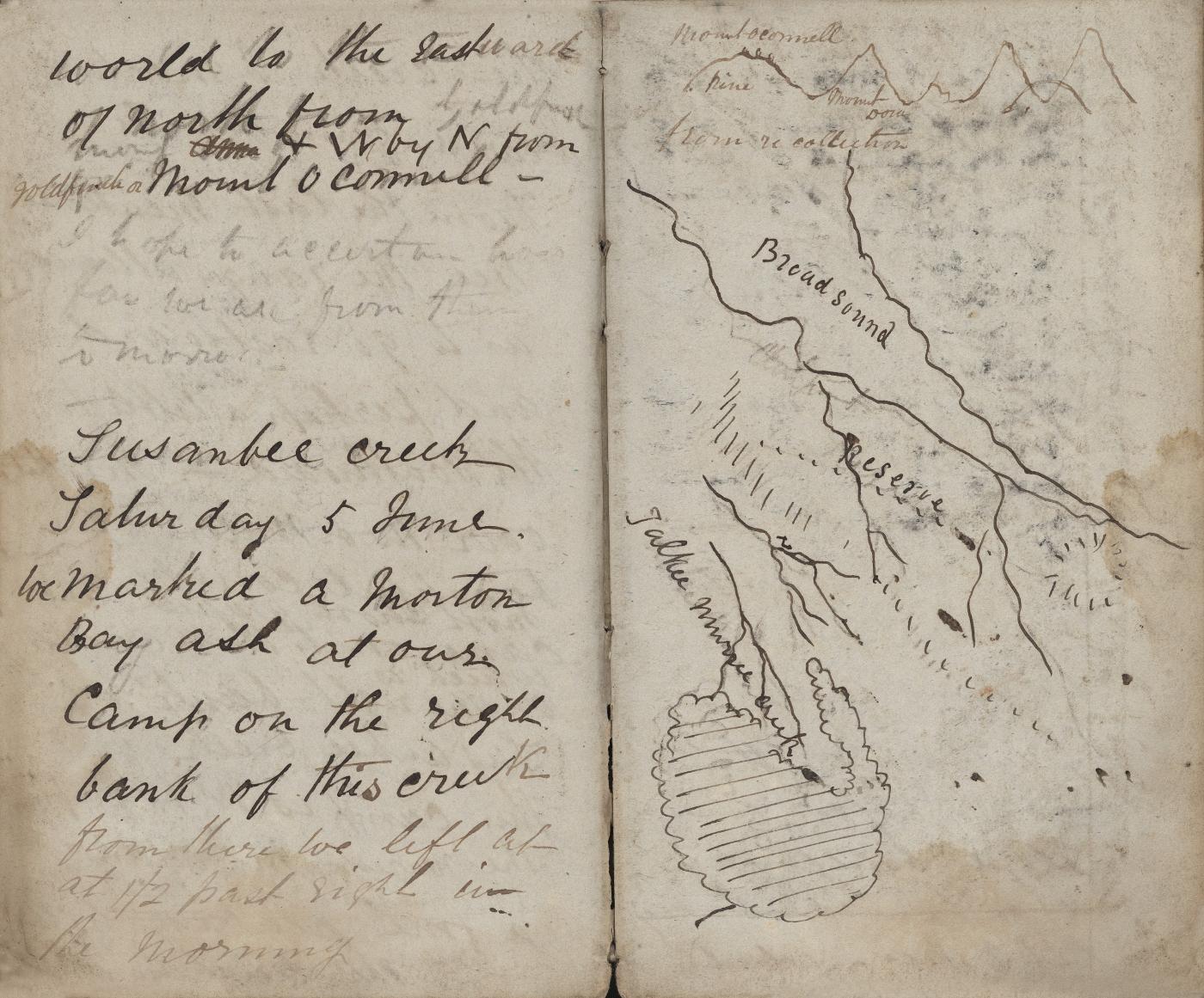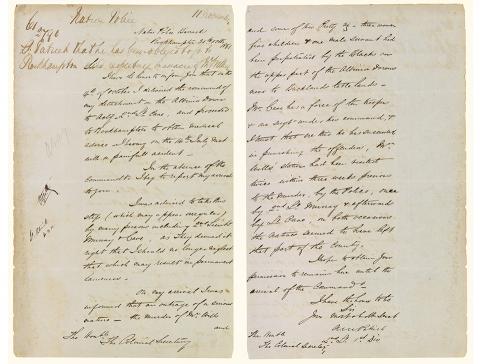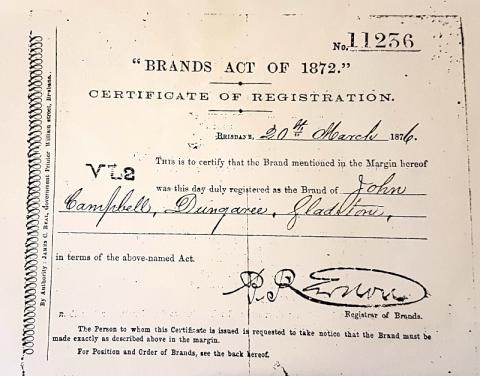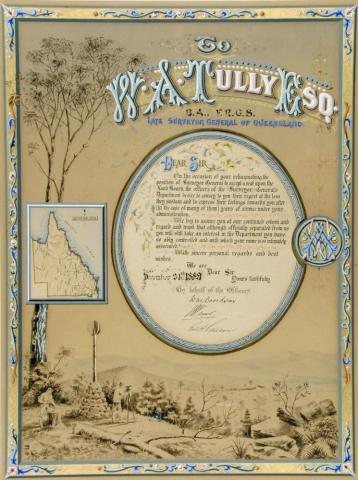
- Background
-
Born in Scotland in 1825, William Landsborough emigrated to New South Wales in 1841 and joined his brothers who had pastoral interests in the New England district. In 1854 the brothers moved north to settle on the Kolan River in Queensland, and it was here that William Landsborough began combining exploration with pastoralism. In 1856 he examined the Mount Nebo district, and the following year explored around Broad Sound. In 1858 Landsborough combed the Comet and Nogoa districts, and in 1859 he turned his attention north to Bowen and the Upper Flinders River. In 1861 Landsborough formed the Landsborough River Company with two other well-known pastoralists, Nat Buchanan and Edward Cornish, taking up a number of runs on the Plains of Promise below the Gulf of Carpentaria. That same year he was appointed by the Victorian and Queensland Governments to lead an expedition in search of Burke and Wills. Travelling from the Gulf of Carpentaria, Landsborough’s party reached south-western Queensland where they learned of the fate which had befallen the Victorian explores. Rather than terminating the expedition, Landsborough decided to continue on to Melbourne where he and his men were feted after their epic journey. His published report of the expedition resulted in a pastoral rush into north-western Queensland, and although Landsborough denied that this had been a secondary objective of the expedition, he was rewarded with government positions on his return to Queensland. After leaving government service Landsborough successfully mined tin at Stanthorpe. In 1882 the Queensland Government rewarded Landsborough with £2000 in recognition of his exploratory work, a sum which allowed him to retire to Caloundra where he died in four years later.



